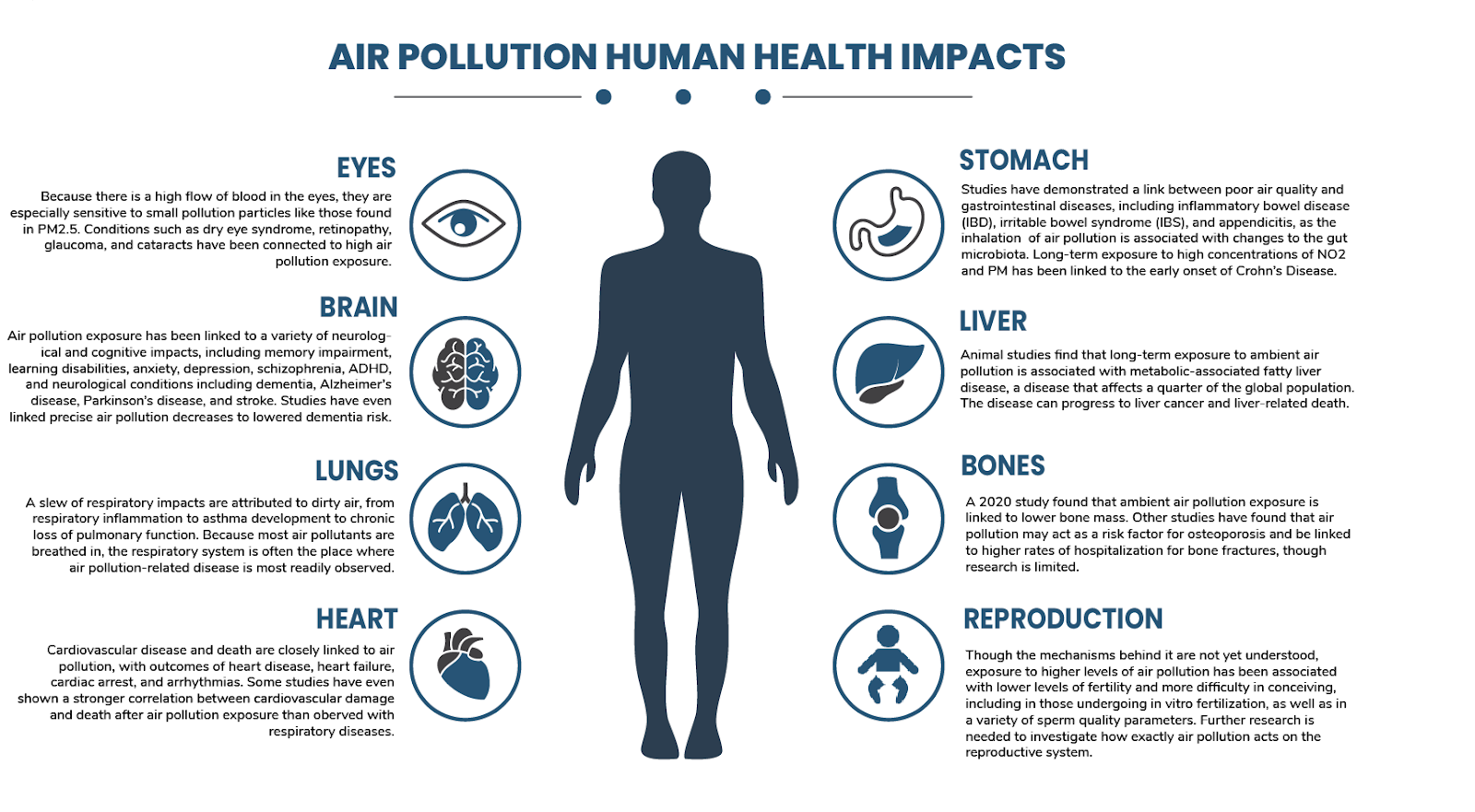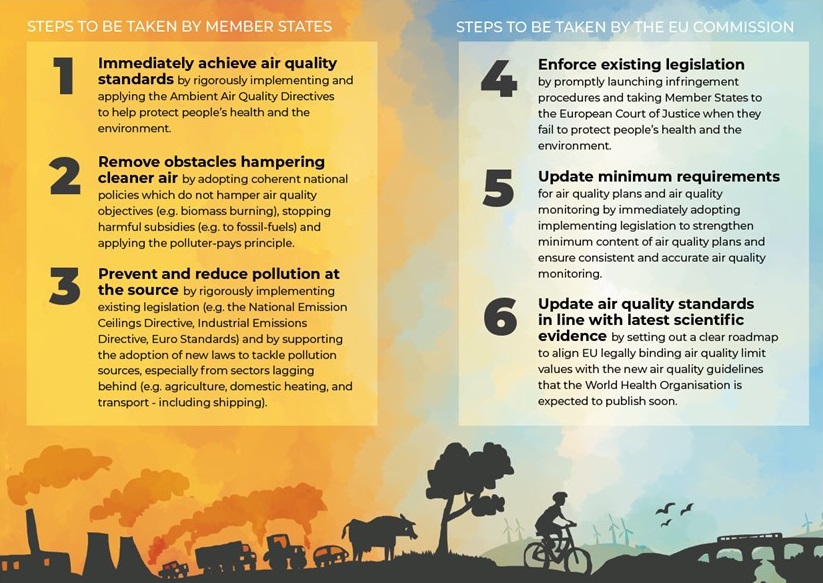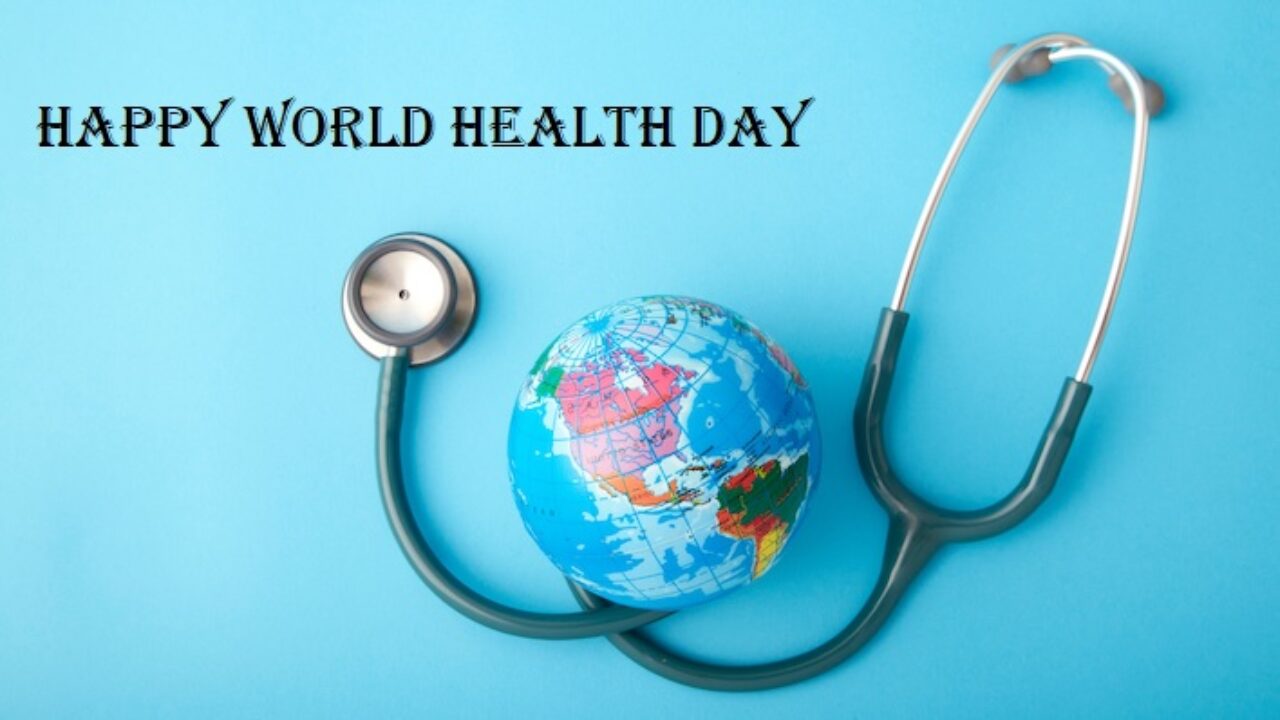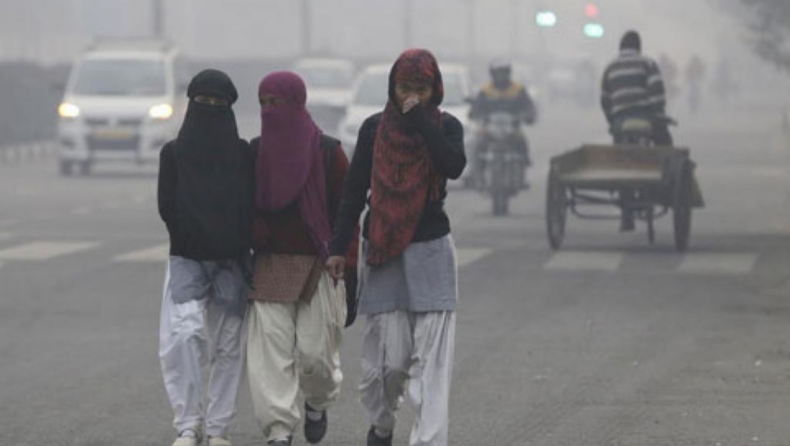Now, about 99 percent of the world’s population is inhaling polluted air.
Approximately 2,000 additional cities are currently recording ground monitoring data for PM10 and/or PM2.5.
Almost everyone (99%) breathes air that exceeds WHO air quality standards, endangering their health.
Even though over 6,000 cities in 117 countries now monitor air quality, residents are still exposed to harmful amounts of small particulate matter and nitrogen dioxide, according to new WHO statistics.

The findings prompted the WHO to stress the significance of reducing fossil fuel consumption and other measures to minimize air pollution.
The 2022 update of the WHO’s air quality database incorporates the first-time ground measurements of annual mean concentrations of nitrogen dioxide (NO2), a prevalent urban pollutant and precursor of particulate matter and ozone.
Particulate particles having a diameter of 10 m or less (PM10) or 2.5 m (PM2.5). Both pollution types come from human activities including fossil fuel burning.
The new air quality database covers the highest ground pollution exposure ever.
Since the last update, 2,000 additional cities are recording PM10 and/or PM2.5 ground monitoring data. Since the database began in 2011, the number of reports has nearly doubled.
Pollution’s effect on population health

Meanwhile, mounting research shows that even modest levels of many air contaminants pose considerable harm to the human body.
Inhalation of fine particles, especially PM2.5, can cause cardiovascular, cerebrovascular (stroke), and respiratory effects.
There is evidence that particle matter affects other organs and disorders.
NO2 causes respiratory symptoms (coughing, wheezing, or trouble breathing), hospitalizations, and ER visits.
WHO amended its Air Quality Guidelines last year to assist countries to assess their local air’s healthiness.
Dr. Tedros Adhanom Ghebreyesus, Director-General of WHO, said: “Cleaner, healthier energy systems are urgently needed now.”
“High fossil fuel costs, energy security, and the necessity of addressing the dual health concerns of air pollution and climate change” he added.
Policies to enhance air quality and health

Several nations are improving air quality, however, WHO urges quick action to:
- Adopt or update national air quality standards based on WHO Air Quality Guidelines.
- Monitor air quality and pollutant sources
- Encourage the use of clean energy for cooking, heating, and lighting.
- Create safe, affordable public transit and bike and pedestrian networks.
- Enforce tighter car emissions and efficiency regulations, as well as obligatory vehicle inspections.
- Improve housing and electricity generation efficiency.
- Industrial and municipal waste management
- Agroforestry activities and the combustion of agricultural waste (e.g., charcoal production)
- Include air pollution in the health professional curriculum and provide ways to engage.
Air quality in 117 nations
However, most cities struggle with nitrogen dioxide emissions in high-income nations.
In the 117 nations that monitor air quality, 17% of cities in high-income countries have PM2.5 or PM10 levels below WHO guidelines.
In low- and middle-income nations, less than 1% of cities meet WHO air quality standards.
Low and middle-income nations are still exposed to hazardous levels of PM, although NO2 patterns shift, revealing less difference between high and low and middle-income countries.
Nearly 4,000 cities and towns in 74 countries gather NO2 data on the ground.
Combined, their data suggest that just 23% of persons in these areas breathe yearly average NO2 concentrations that satisfy WHO guidelines.
We can’t afford 7 million unnecessary deaths and many years of poor health after surviving a pandemic.
That’s what the statistics, evidence, and solutions available to on-air pollution suggest.
The WHO Director for Environment, Climate Change and Health, Dr. Maria Neira, says too many funds are still going into polluting environments rather than clean, healthy air.
Monitoring needs improvement
People in low- and middle-income nations are especially at risk. They are also the least covered by air quality monitoring, but this is changing.
Europe and North America continue to have the most complete statistics on air quality.
While PM2.5 measurements are still unavailable in many low- and middle-income nations, readings have improved significantly since the previous database update in 2018, with an extra 1500 human settlements monitoring air quality.
WHO Air Quality Standards

The evidence for the harm caused by air pollution is quickly accumulating, and even low levels of many contaminants cause considerable impact.
It was a move widely backed by the health community, medical associations, and patient organizations that led to the WHO amending its Air Quality Guidelines last year.
The 2022 database will measure global air quality and contribute to the Sustainable Development Goals.
World Health Day 2022
On April 7, World Health Day will bring worldwide attention to essential efforts needed to keep humanity and the planet healthy and to build societies centered on well-being.
The WHO estimates that environmental factors cause over 13 million deaths annually.

Published By: Manan Khurana













